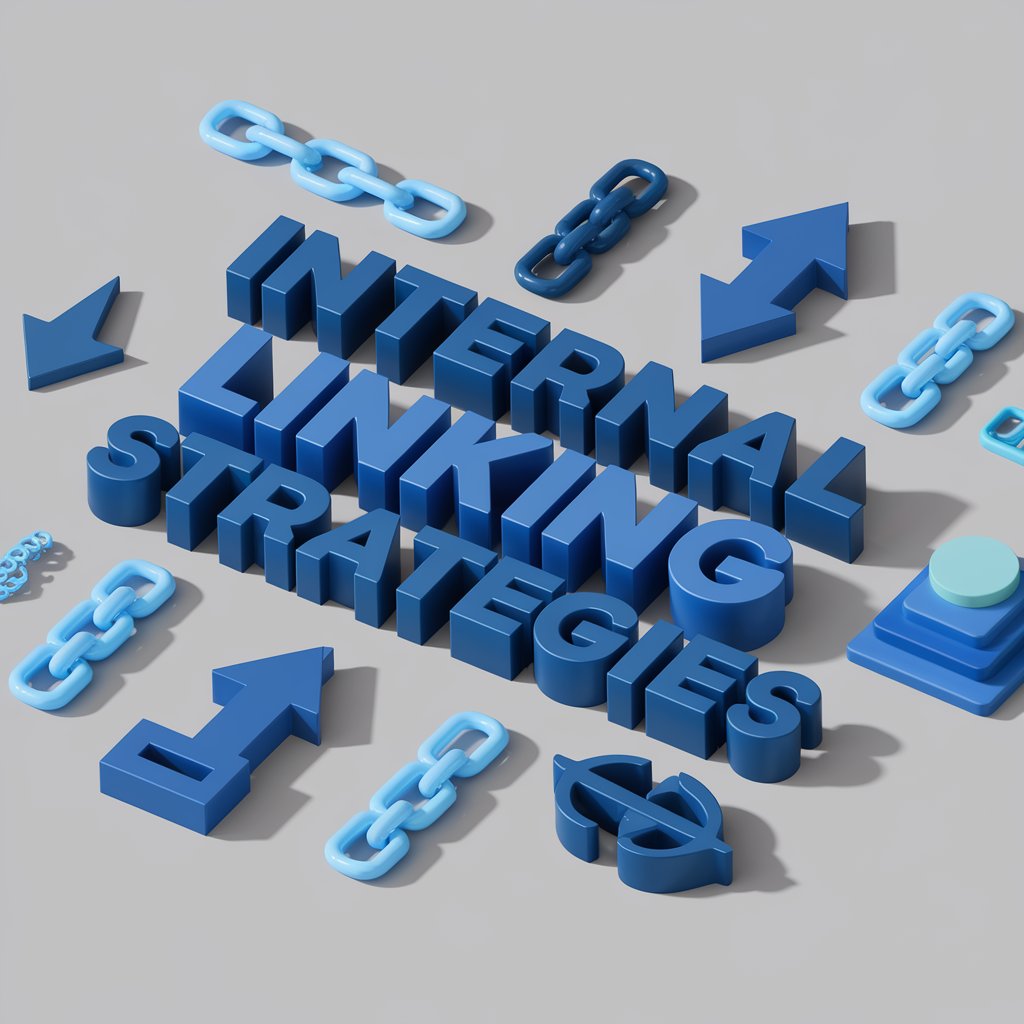Table of Contents:
- What is SEO?
- What is Internal Linking in SEO?
- Types of Internal Links
- Why Are Internal Links Important for SEO?
- Optimizing Anchor Text for Internal Links
- How Many Internal Links Per Page is Best for SEO?
- How to Build an Internal Linking Strategy
- How to Find and Fix Broken Internal Links
- Conclusion

What is SEO?
Search Engine Optimization (SEO) refers to the practice of improving your website’s visibility on search engines like Google. By optimizing your website structure, content, and internal links, you can increase your chances of ranking higher and attracting more visitors.
What is Internal Linking in SEO?
Internal linking in SEO refers to the practice of linking one page on your website to another page within the same domain. These links help users navigate your site and assist search engines in discovering and indexing content. Internal links are a core part of on-page SEO because they improve your website’s structure and distribution of page authority.
Internal links connect your web pages, making it easier for search engines to crawl and for users to explore related content. They enhance your website’s overall performance by improving navigation, SEO internal links, and keyword distribution.
Types of Internal Links
To build an effective internal linking strategy, it’s essential to understand the different types of internal links:
- Main Navigation Links: These links are part of your website’s navigation menu, which appears sitewide, helping users access core pages easily.
- Footer Links: Found at the bottom of each page, these links serve as a secondary navigation method for important but less prioritized pages.
- Sidebar Links: Typically located on blog pages, sidebar links feature related articles, popular posts, or call-to-action (CTA) elements.
- Contextual Links: These links appear within the content of a page, providing valuable, related resources to readers and search engines. They are crucial for anchor text optimization and improving keyword-rich anchor text strategies

Why Are Internal Links Important for SEO?
Internal links are vital for SEO because they:
- Help Google Crawl Your Site: Internal links guide search engine bots through your website, helping them index your pages more efficiently, which is crucial for larger websites.
- Distribute Page Authority: Pages with more backlinks tend to hold more page authority. By linking high-authority pages to lesser-known ones, you help boost their rankings.
- Improve User Experience: Internal links provide users with an easy way to navigate to related content, increasing time spent on your site and reducing bounce rates.
- Support On-Page SEO: Internal linking is a significant factor in on-page SEO because it helps search engines understand the structure of your website and the relevance of each page.
Optimizing Anchor Text for Internal Links
Anchor text is the visible, clickable text in a hyperlink. To optimize anchor text for internal links:
- Use Keyword-Rich Anchor Text: Ensure the anchor text is relevant to the page it’s linking to. For instance, linking to an SEO article with the text “SEO internal linking” is more effective than using generic phrases like “click here.”
- Avoid Over-Optimization: While keyword-rich anchor text is important, overloading it with exact-match keywords may appear spammy to search engines.
- Diversify Anchor Text: Include a variety of anchor texts, such as partial-match keywords, branded phrases, and generic text, to create a natural linking pattern.
How Many Internal Links Per Page is Best for SEO?
There’s no strict rule for how many internal links per page are ideal, but it’s generally best to:
- Keep the number of internal links per page to a reasonable amount to avoid overwhelming users or diluting link equity.
- Aim for 2-4 internal links per 500 words of content to strike a balance between SEO and user experience.
- Use tools like YoastSEO to check your link structure and make sure each important page has sufficient internal links.
How to Build an Internal Linking Strategy
To build an effective internal linking strategy:
- Audit Your Site’s Structure: Use tools like Google Search Console or SEMRush to identify your most authoritative pages.
- Link Authority Pages to Lesser-Known Pages: Pass page authority by linking high-ranking pages to pages that need a boost in rankings.
- Use the Hub and Spoke Model: Organize content into hubs (broad topics) and spokes (subtopics) to create a topically connected internal link structure.
- Keep Pages 1-3 Clicks Away from the Homepage: This reduces page depth and ensures Google can crawl your content effectively.
How to Find and Fix Broken Internal Links
Broken internal links hurt your website’s user experience and SEO. Use tools like Dr. Link Check or Google Analytics to identify 404 errors and broken links. Once found, update or remove the broken links to maintain your site’s integrity.
Conclusion
A strong internal linking strategy is essential for enhancing SEO, improving page authority, and providing users with a seamless navigation experience. By optimizing internal links, focusing on anchor text optimization, and building a robust internal linking structure, you can boost your website’s rankings and ensure all your content is effectively crawled and indexed by search engines.
Take the time to audit your site regularly, fix broken links, and continually update your internal linking strategy as you publish new content. Effective internal linking for SEO is key to a well-optimized website.
Contact Us:
-
Email: support@mycodelive.com
-
Visit: https://mycodelive.com/
